The content of the article
Cyanosis blue has earned many other names, for example, Valerian Greek, cyanosis azure or azure. This plant is grassy, belongs to the family of cyanosis. It is considered one of the best honey plants. It reaches a height of 35 to 140 cm. The rhizome is horizontal and unbranched, its length is from 3 to 5 cm, the adventitious roots are numerous, but very thin. The stem of this medicinal plant is single and hollow and only branched in the upper part. Unpaired and regular leaves differ:
- lower, petiolate, have 15 - 27 lobes;
- superior sessile, pinnate and significantly smaller.
Leaves, usually displaced to each other, have an oblong and pointed shape. In cyanosis, the blue palette of shades of large flowers is the most diverse. Collected in panicled inflorescences and located at the very end of the stem, the flowers are white, saturated blue, violet, purple. They are a cup with five blades. The corolla is wide open and has an unusual five-lobed limb. There are also five stamens, and the pistil is single, but it has an upper ovary and a tripartite stigma.
In cyanosis after flowering, fruits appear. This is a three-nest box resembling a ball. It contains small, up to 3 mm, seeds. There are a lot of them, they are oblong, narrow-winged or curved, in color - black or brown.
The flowering time of the plant is June and July, but the time is very short, it lasts only 15 - 20 days. In addition, flowering and fruiting begins only in the second year of the plant's life, because in the first year it takes care that a rosette of leaves appears. Fruits appear in August, less often - in September.
How to properly harvest the harvest
To collect cyanosis for medicinal purposes, you should go to the forest or forest-steppe zone, to the edge of the meadow, meadow, riverbank or lake. The main thing for cyanosis is that the soil is rich in humus, and the place is moist and preferably swampy. It grows most often in groups, but there are also solitary plants lost among various shrubs. But the flower growers decided to tame the wild cyanosis, and now it grows on flower beds, and gives good shoots when sowing and self-sowing, which can be planted.
In order to get a decent harvest of this plant, you need to select a site in the lowland so that the groundwater is not at a great depth and can nourish the roots. Cyanosis is very fond of moisture and tolerates cold, but can die due to extreme heat, as well as if it is strongly acidic in the soil or with a high salt content.
In order for the crop to be excellent, you need to select only those seeds that are fully ripe for sowing. This period can be determined by the color of the boxes - they then acquire a brown color. To get the seeds, carefully shake the box over a blank sheet of paper. Then harvested, set aside larger and dried.
Sowing is carried out in an ordinary way. You can plant cyanosis:
- Before the winter season. Then the soil should be selected with a flat area, and non-swimming. Before planting seeds, it will be necessary to cultivate the soil - to level and compact.
- In the spring, in the first sunny days. But first, the seeds are placed in wet sand and left for 4 days. The plant begins to germinate during this time, and it is planted in the ground. If the air temperature reaches 18 - 20 degrees, the weather is good, which means that all favorable conditions are created for growth, and after 5 days the first shoots appear.Now weeding, watering and loosening are needed. Cyanosis has a positive quality - it can self-terminate. So, if the sowing was done too densely, the plant itself will solve this problem. In the spring you will need to fertilize the soil between the rows.
In medicine, the root and rhizome are actively used, since they contain many useful substances. However, in everyday life, flowers and grass also found their application. The root system is harvested as raw material, collecting in the fall, when the ground part of the plant prepares for winter and gradually dies. Before you dig a plant, you need to remember that in the power of a person to give the opportunity to blue cyanosis to continue to multiply and give health, or completely die.
After digging in the soil, small parts of the plant that have not yet matured, or a small percentage of each individual overgrowth, must remain in order for the plant to regain strength and be able to restore the lost population. The roots are separated from the stem using a sharpened cutting tool and then undergo a water treatment. The roots are washed under running cold water. If there are large rhizomes, it is advisable to cut them. The whole crop is dried in a cool but dry place. It is allowed to dry in the oven.
The healing properties of raw materials are valid for two years.
What nutrients does cyanosis blue contain
Healing components mainly contain root and rhizomes. In them you can find:
Saponins, and in very large quantities. This means that cyanosis can regulate cholesterol metabolism, has a beneficial effect on the genitourinary and hormonal systems. These substances are irritating to the mucous membranes of many organs, such as the nose, eyes, and oral cavity. Acting as an irritant, enhanced secretion of all glands occurs. This fact develops positively for the bronchi, because sputum liquefies and is more easily removed from the body:
- resins;
- organic acids;
- a small percentage of essential and fatty oils;
- lipids;
- starch.
What diseases can Greek valerian treat?
Preparations with cyanosis have many powerful effects on the human body. Are:
- sedatives, and it was revealed that the plant in its strength of exposure exceeds valerian 10 times;
- painkillers;
- anti-sclerotic, dramatically reducing the risk of atherosclerosis;
- expectorant.
Cyanosis helps restore the required number of sperm, normalizes sexual function and improves the functioning of the hormonal system. Helps after a snake bite.
In official medicine, cyanosis was recognized as a medicinal plant not so long ago, but traditional medicine has long been using it when it is necessary to help patients with diseases such as:
- ulcerative;
- atherosclerosis;
- hypertonic;
- mental or nervous disorders.
And herbalists rank such diseases on this list:
- pulmonary tuberculosis;
- pneumonia;
- gynecological;
- hyperacid gastritis;
- fever;
- neurosis, hysteria;
- epilepsy.
Cyanosis is used when treatment of fear, insomnia, convulsions, and childhood spasmophilia is required.
How to be treated with cyanosis
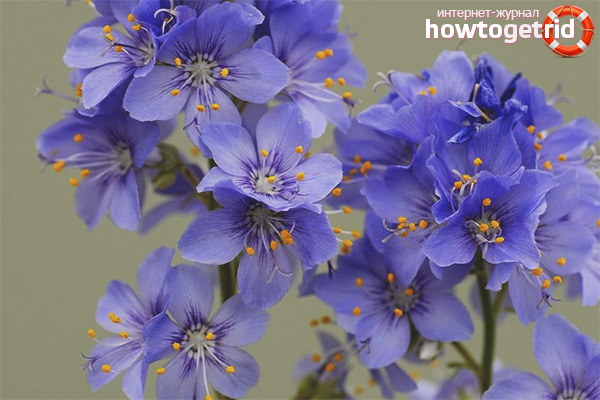
As an expectorant. As an expectorant, the plant is used primarily. Therefore, there are many recipes that help get rid of severe coughing attacks, remove sputum and prevent it from forming more. In this case, not only roots are used, but also grass, flowers.
- Take a tablespoon with top chopped roots. This is about 7 - 8 grams. Pour 200 gr. boiling water, insist under the lid for several hours. Take 15 gr. after eating, a little heated. In a day - from 3 to 5 times.
- Take 3 gr. root and 8 gr. herbs, pour 250 gr. water and leave for several hours so that the medicine is infused. To drink also, on 15 gr. 3-5 times a day.
- 8 gr. flowers pour 200 gr. boiling water.After the remedy is infused, drink 15 g. three times a day.
- Drink a 10 percent infusion of the root after eating, measuring 30-50 drops. Repeat three times a day.
Atherosclerosis and neurosis. Due to the presence of saponins in the cyanosis, it is possible to combat atherosclerosis and neurosis. For this, prepare such a decoction: 6 gr. pour 200 g of root. water and close tightly with a lid. When the broth is infused in a few hours, it is filtered and drunk two hours after eating. The course of treatment is at least three weeks. A day should drink a decoction of 15 g. 3-5 times a day.
Insomnia. To insomnia receded, it was possible to calm down and calmly fall asleep, use such a tool:
- cyanosis root - 7 gr.;
- mint leaves - 20 gr.;
- hop cones - 10 gr.
All ingredients must be crushed. They are mixed, and one spoon of the mixture is poured into 0.5 liters of boiling water. It is necessary to insist 30 minutes. Drink 15 gr. 2 to 3 times a day. This broth can also serve as a choleretic agent.
Tuberculosis. If hemoptysis occurs during tuberculosis, it can be stopped if you drink such a medicine. 10 gr. pour 300 g of water into the roots, boil for 5 minutes. You can take it like this:
- 5-6 times a day for 15 g .;
- every three hours, 15 g.
Blood. The plant has an effect on blood coagulation; it can normalize metabolic processes in a short time. The plant also exhibits bactericidal properties against coccal microflora.
Cyanosis has the ability to lower nervous excitability and lower blood pressure. Bactericidal properties were also found in this plant. To heal wounds, there are topical remedies: a 20 percent tincture made with vegetable oil. Or use a tablespoon of roots, brewing it in 0.5 liters of boiling water.
The medicine from the roots and rhizomes is infusions or decoctions, tablets of dry extract or powder.
Powder from the roots at home is available to make easily and quickly. It is necessary to grind the root, bringing to a powder state. You need to drink it like this: 6 gr. powder pour 200 gr. boiling water, close tightly and leave in a warm place for several hours. Then strain. Drink only after meals three times a day. A single dose is a tablespoon.
Infusions from:
- Leaf - helps relieve cramps, also relieves inflammation in colpitis and cervicitis - are treated in this case by douching.
- Flowers - used to remove the effects of fright and rid the child of a nervous tick.
Limitations of use: side effects
If there are problems with pressure or there is a likelihood of increased thrombosis, it is better to consult your doctor before using cyanosis.
You can not take funds based on cyanosis on an empty stomach, since the saponins in the plant will begin to irritate the mucous membrane of the stomach and intestines, and their excess can have a toxic effect. Then vomiting may open, diarrhea and dizziness may begin, in rare cases - confusion.
Once in the blood, saponins become poisonous, as they provoke hemolysis of red blood cells. But when ingested, their toxicity is significantly reduced. And only a correctly calculated dose will give health.
Video: beneficial properties and application of blue cyanosis

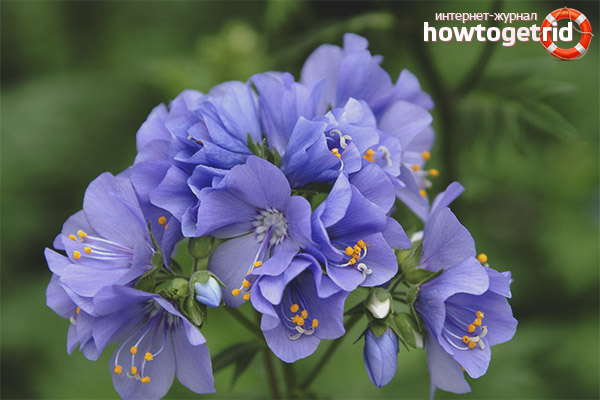
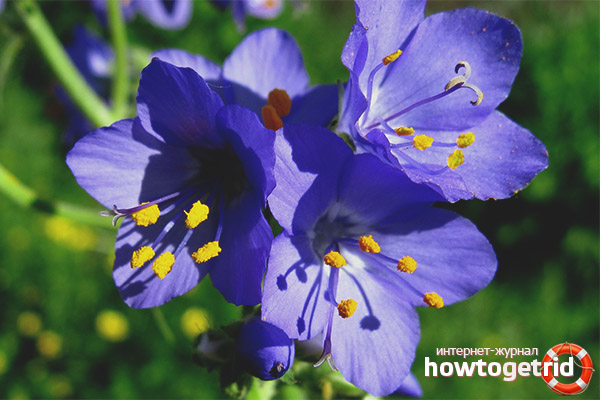



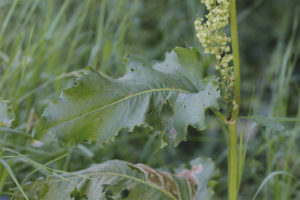


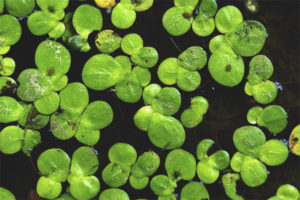
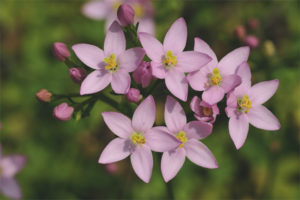
Submit